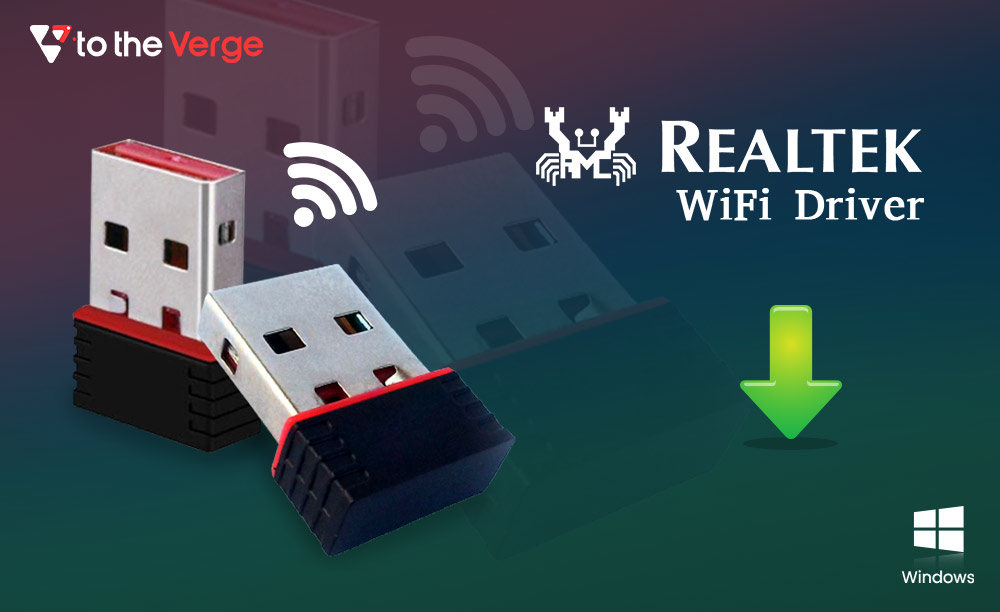The way we see fashion is evolving thanks to the Metaverse in the fashion industry. It is changing the fashion industry by giving fashion brands new opportunities to interact with consumers, make money, and showcase their products. Leading fashion companies that are utilizing the metaverse in the fashion industry describe opportunities and obstacles they must take into account to make the most of this web evolution.
The fashion industry has always undergone changes. From how we make clothing to how we advertise and market it. The fashion industry has a history of quickly adopting new technological advances and trends. The Metaverse has developed into an environment in which businesses can use cutting-edge technologies like blockchain, virtual reality, augmented reality, and NFTs. This can assist you in developing fully immersive experiences that merge the real and virtual worlds.
The newest development that is revolutionizing how we experience fashion right now is the Metaverse Fashion Industry. So let’s find out the role of the metaverse in the fashion industry and how it is revolutionizing it.
How the Metaverse is Transforming the Fashion Industry
The Metaverse is revolutionizing technology and bringing fresh ideas to the fashion industry. Below are three ways in which Metaverse clothing design and apparel are creating new trends in fashion.
-
Virtual Fashion Shows:
The Metaverse Fashion Industry is seeing a rise in the popularity of virtual fashion shows. Brands are showcasing their collections, interacting with customers, and developing immersive experiences by using virtual fashion shows. For example, many fashion enthusiasts have witnessed and joined the popular Decentraland’s Metaverse Fashion Week this year. Virtual fashion shows also have a broader appeal because they let viewers from all over the world participate in the event live.
These performances are also affordable because they do not need expensive locations, costly models, or other essential resources. Many participants in Web3 activations consider them to be among the most exciting developments in the Metaverse Fashion Industry. Fashion brands are using Metaverse clothing designs and apparel in this way to develop immersive and interactive runway shows. That gives consumers a completely new way to interact with their products.
-
Virtual Dressing Rooms
If we talk about the emergence of the metaverse in the fashion industry, virtual dressing rooms are going to revolutionize e-commerce. They enable consumers to try out Metaverse apparel in a virtual environment. Which contributes to making shopping more engaging and interactive. Metaverse clothing in virtual dressing rooms also contributes to a lower return risk. Since customers can try on clothing before buying it, they can see how it fits and looks.
Virtual changing rooms are not only more waste-free than physical ones, but they also reduce the amount of waste produced by the fashion industry. The rise of the Metaverse in the fashion industry allows individuals to experiment with NFT wearables on their Metaverse avatars. It is a fantastic way to involve customers in an interactive, game-like experience.
-
NFTs in Fashion:
Digital collectibles known as NFTs, or non-fungible tokens, are giving Metaverse fashion brands new sources of income. When considering fashion in the metaverse industry, NFTs are one-of-a-kind, genuine digital assets that can be owned, traded, and sold just like tangible collectibles. Metaverse clothing Brands are developing exclusive NFTs that are associated with tangible goods. Customers now have more options for interacting with their favorite brands.
By enabling designers and brands to produce one-of-a-kind and genuine digital collectibles, NFTs are changing the way we perceive fashion. With some of the digital collectibles fetching millions of dollars, Metaverse fashion brands now have a new source of income.
Read Also: Metaverse Development Company in 2023
Fashion Brands Are Taking Over the Metaverse
In the Metaverse Fashion Industry, some clothing companies are already setting the pace. Here are some examples of companies using the Metaverse in the fashion industry to give their customers immersive experiences.
1. Gucci and Roblox Collaboration
The collaboration between Gucci and Roblox is an illustration of how high-end clothing companies are utilizing Metaverse clothing designs and apparel to provide their clients with immersive experiences. Customers can now explore the history and collections of the company in a virtual setting thanks to the Gucci Garden experience that recently went live on Roblox.
All eyes were on the Gucci Dionysus bag, an exclusive in-game item that was far more costly than the real-world handbag and sold for over $4000 on the secondary market. Through the collaboration, Roblox users may discover and engage with the company’s merchandise in a virtual world.
2. BALENCIAGA
Balenciaga is currently the metaverse’s top inventor, according to industry insiders and peers in fashion. Which created a video game for its Fall 2021 exhibit in cooperation with Fortnite later this year and with Epic Games, Fortnite’s parent company. However, it seems like every week, new businesses introduce initiatives like this.
Players had access to a virtual store where they could buy Metaverse apparel from Balenciaga Designs for the duration of a month. In addition, a few Balenciaga physical and online locations will sell real-world Fortnite X Balenciaga merchandise online. Access to the Balenciaga metaverse clothing for Fortnite is also available to those who purchase real-world stuff.
Similar to Balenciaga, which partnered with the gaming company to present a physical collection and provide their FW21 video game. Fortnite served as the debut location for their virtual collection. The collection came together with the introduction of “skins” in the game that players could apply to their digital avatars. As a result of their collaboration, the luxury brand earned $13.3 million in MIV, distributed over more than 5K slots.
3. Burberry’s Digital Replica Store
Shoppers in the Metaverse can enjoy an innovative shopping experience at the Burberry Digital Replica Store. Customers can browse and buy Burberry Metaverse apparel in a virtual setting at the digital replica store. With a focus on giving customers an immersive and interactive experience that includes the Metaverse in the fashion industry, the store is created to resemble a real-life shop.
Read Also: Role of AR/VR in the Development of the Metaverse- Explained!
4. Ralph Lauren
To create Metaverse clothing designs and apparel where people could dress their avatars in distinctive items or appearance-altering skins. Zepeto, a South Korean social media app, and Ralph Lauren worked together. Here, League of Legends players may spend $10 to have the clothing on their avatars altered as needed.
In December, Ralph Lauren opened its newest store. Choosing a new, attractive location instead of major cities like Tokyo, Milan, and New York. With almost everything from vintage skiwear to checkered beanies and bomber jackets for around $5 for a cold season like this. With just a few clicks, it filled its online stores, which were available to everyone around the globe every day of the week.
5. Louis Vuitton’s NFT Collection
The NFT collection by Louis Vuitton is an illustration of how luxury fashion houses are adopting the Metaverse in the fashion industry. Ten thousand animated characters and one hundred three-dimensional sculptures are among the collection’s many distinctive and genuine digital elements. The NFT series is intended to offer consumers a fresh way to interact with and experience Louis Vuitton’s products. The collection was developed in association with digital artist Beeple, whose NFT sold for $69 million.
6. Dolce & Gabbana
The DGFamily NFT network is another innovation from Dolce & Gabbana. To give customers access to authentic, exclusive opportunities, brands can launch communities. For instance, like Dolce & Gabbana did, first access to events or limited-edition items. With the Collezione Genesi, Dolce & Gabbana created NFTs in collaboration with UNXD.
According to UNXD, the initially released deluxe NFT collection comes with both digital and physical products, as well as special access to forthcoming events. The bundle includes both physical and digital things, as well as access to forthcoming Dolce & Gabbana fashion shows. When brands employ NFTs in this manner, they could be quite beneficial. Considering that they might encourage customers to interact with a Metaverse apparel company.
7. Zara
Lime Glam is a brand-new collection from Zara that is intended to be worn both inside and outside of the virtual world. Both traditional retailers and the Zepeto Metaverse sell clothing and accessories. Wearables are swiftly emerging as the newest fashion craze and gaining appeal in the eyes of the style-conscious public, compelling major companies like Zara to join the trend.
This limited-edition collection includes apparel, accessories, cosmetics, and three digital items—a floor, a wall, and a photo booth—that are meant to enhance the overall experience. Customers of Lime Glam can take advantage of a unique fashion experience that spans both the physical and digital worlds.
The Future of Fashion in the Metaverse
These are only a few instances of how fashion companies are using the Metaverse to expand their reach and develop distinctive brand experiences. We may anticipate seeing even more fascinating and cutting-edge use cases for fashion houses in the virtual world as the Metaverse continues to develop. In fact, interactive components like gamification or the use of augmented reality might be added to virtual fashion shows to provide viewers with a more engaging experience.
The ability to sell metaverse clothing designs as NFTs gives businesses and creators a way to profit from their work. And gives customers a brand-new way to collect and display fashion accessories. Additionally, in the Metaverse, virtual fashion influencers are starting to appear. Giving fashion brands new marketing opportunities and the capacity to reach bigger audiences.
Also Know: Things You Need To Know About The Metaverse
Final Takeaway
The emergence of the Metaverse in the fashion industry offers fresh chances to interact with consumers. It provides immersive experiences and develops new revenue streams. But it also brings with it new challenges, such as the need for cutting-edge tools, a fresh set of abilities, and knowledge of the specifics of the Metaverse.
Fashion brands that remain ahead of the curve and embrace the Metaverse’s potential have the opportunity to revolutionize the sector. And establish new benchmarks for innovation, creativity, and involvement as the Metaverse develops quickly. Fashion brands that are open to the Metaverse will not miss the opportunities that the Metaverse has in store because the role of Metaverse in the fashion industry is constantly evolving.

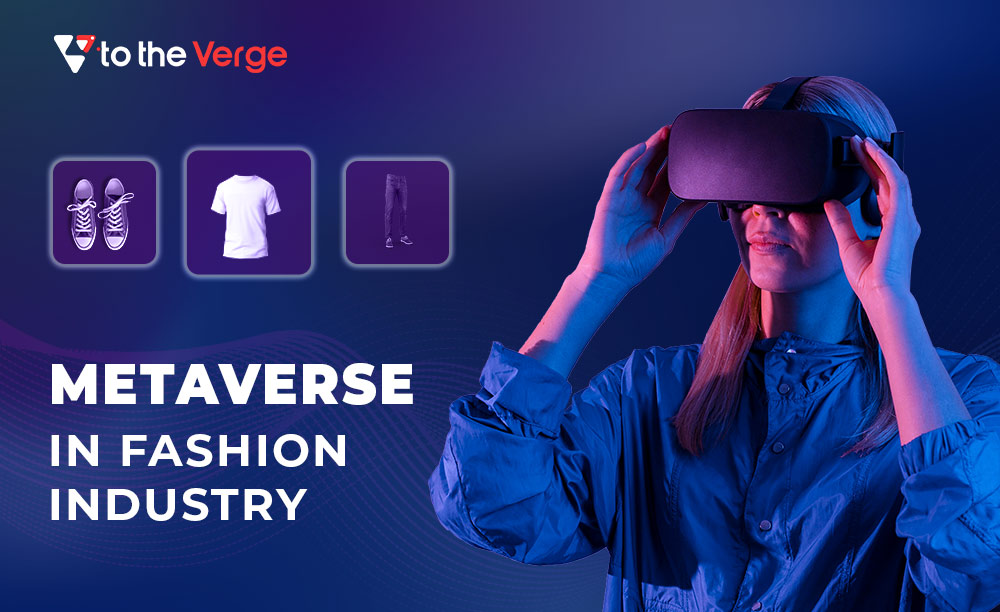
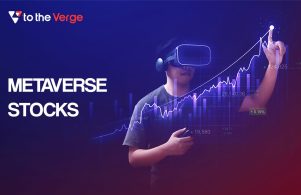

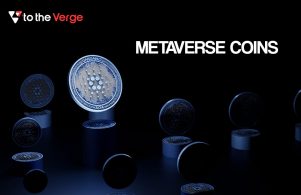
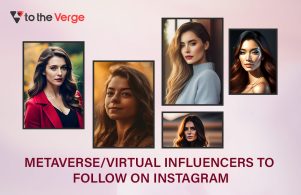

![How to Update and Reinstall Keyboard Drivers on Windows 10/11 [A Guide]](https://wpcontent.totheverge.com/totheverge/wp-content/uploads/2023/06/05062841/How-to-Update-and-Re-install-Keyyboard-Drivers-on-Windows-10.jpg)
